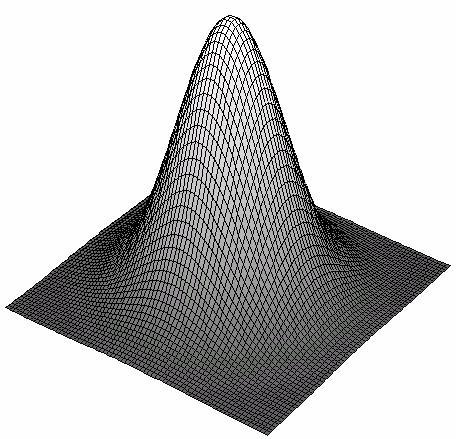Product of "Gaussian" integrals
 f
(
z
)
=
(
z
−
1
z
)
2
(
∫
0
∞
e
−
x
z
d
x
)
(
∫
0
∞
e
−
y
z
/
(
z
−
1
)
d
y
)
f
(
z
)
=
(
z
−
1
z
)
2
(
∫
0
∞
e
−
x
z
d
x
)
(
∫
0
∞
e
−
y
z
/
(
z
−
1
)
d
y
)
has infinitely many singularities over the real line.
Find the largest value of z such that there is a singularity at z and
z + → z + lim f ( z + ) = z − → z − lim f ( z − )
Image Credit: Wikimedia Gaussian Integral
The answer is 0.5.
This section requires Javascript.
You are seeing this because something didn't load right. We suggest you, (a) try
refreshing the page, (b) enabling javascript if it is disabled on your browser and,
finally, (c)
loading the
non-javascript version of this page
. We're sorry about the hassle.
Using the subsitution u = t n , we get that
∫ 0 ∞ e − t n d t = n 1 ∫ 0 ∞ e − u u n 1 − 1 d u = n 1 Γ ( n 1 )
where Γ is the gamma function.
Thus, our function quickly collapses into
f ( z ) = ( z − 1 z ) 2 ( z 1 Γ ( z 1 ) ) ( z z − 1 Γ ( 1 − z 1 ) ) = z − 1 Γ ( z 1 ) Γ ( 1 − z 1 )
Using Euler's reflection formula for the gamma function, the function is reduced again to
f ( z ) = ( z − 1 ) sin ( π / z ) π
Looking at the denominator's zeroes, we can see that z = ± 1 1 , ± 2 1 , ± 3 1 , … satisfy the requirement of singularity.
However, of all our z , only for z = 1 do both limits go to + ∞ . Hence, our answer is then z = 0 . 5 .